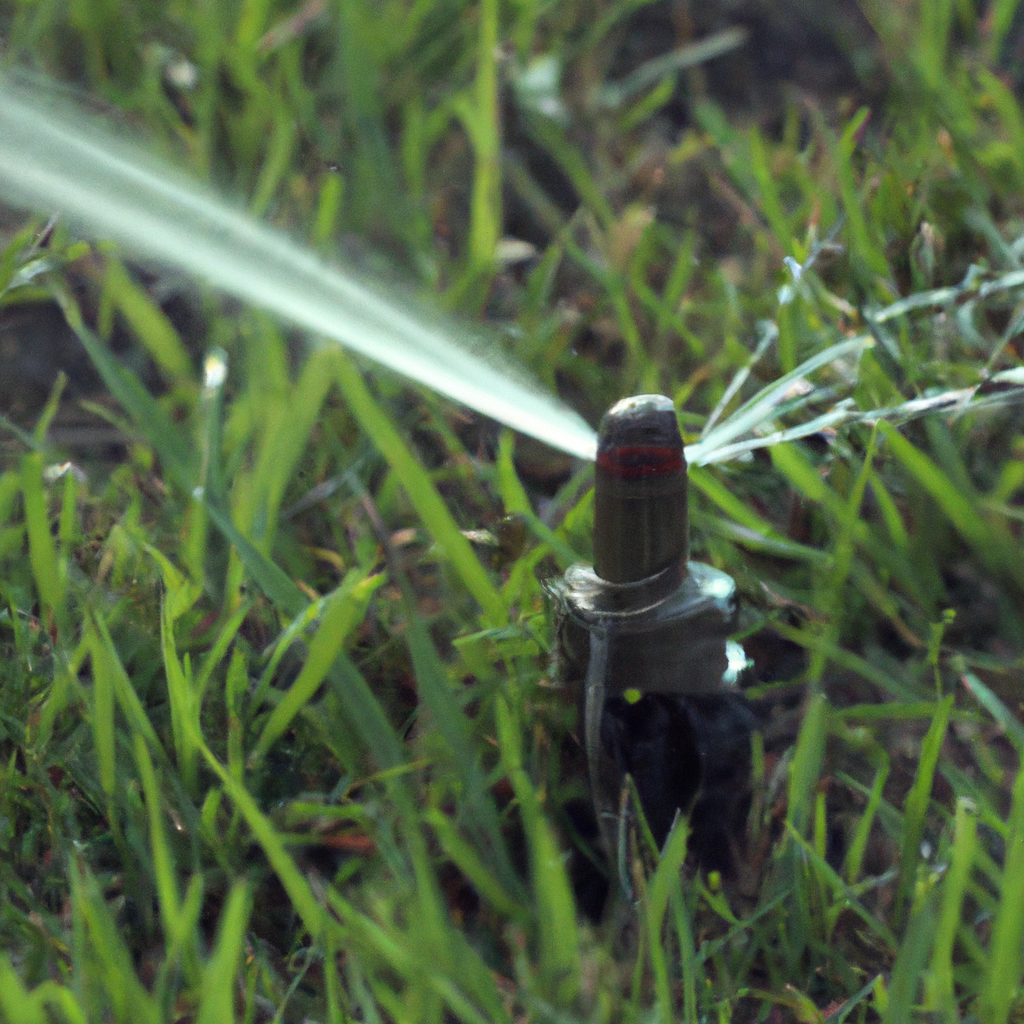A sprinkler system is a valuable investment for homeowners who want to keep their lawns and gardens healthy and attractive. An automatic irrigation system can save time and reduce water usage while promoting healthy plant growth. But how does a sprinkler system work? In this article, we’ll explore the basics of sprinkler systems, including their components, types, and maintenance. We’ll also discuss the benefits of sprinkler systems, including water conservation and improved lawn care and garden maintenance.
Components of a Sprinkler System
A typical sprinkler system consists of several key components:
1. Controller: This is the “brain” of the system, responsible for controlling when and how long the sprinklers operate. It can be programmed to run on a set schedule or based on weather conditions.
2. Valves: These are responsible for opening and closing the water flow to the sprinklers. They are controlled by the controller and are typically located underground in a valve box.
3. Sprinkler Heads: These are the visible part of the system that sprays water onto the lawn or garden. There are several types of sprinkler heads, including pop-up, rotor, and spray heads. Each type is suited for different types of plants and watering needs.
4. Pipes: These are the underground conduits that carry water from the valves to the sprinkler heads. They are typically made of PVC or polyethylene and are buried underground to avoid damage.
Types of Sprinkler Systems
There are two main types of sprinkler systems: drip irrigation and spray irrigation. Drip irrigation systems are typically used for garden beds and other areas with plants that require precise watering. They use low-pressure emitters to deliver water directly to the plant roots, minimizing evaporation and water waste. Spray irrigation systems, on the other hand, are used for lawns and other areas with larger plants that require more water. They use sprinkler heads to distribute water over a larger area.
Benefits of Sprinkler Systems
Sprinkler systems offer several benefits for homeowners, including:
1. Water Conservation: Sprinkler systems can help reduce water waste by delivering water directly to the plant roots and minimizing evaporation. They can also be programmed to run at specific times of day when water usage is lower.
2. Improved Lawn Care: A well-maintained sprinkler system can help promote healthy lawn growth by delivering water evenly and consistently. This can help prevent dry spots and overwatering, which can lead to lawn disease and other issues.
3. Garden Maintenance: Sprinkler systems can also help simplify garden maintenance by automating watering tasks. This can save time and ensure that plants receive the right amount of water at the right time.
Maintenance of Sprinkler Systems
To keep your sprinkler system functioning properly, regular maintenance is required. This includes:
1. Inspecting the sprinkler heads regularly to ensure they are working properly and not clogged with debris.
2. Checking the valves periodically to ensure they are opening and closing properly.
3. Adjusting the sprinkler heads as needed to ensure they are delivering water evenly and not wasting water.
4. Winterizing the system to prevent damage from freezing temperatures.
Conclusion
A sprinkler system is a valuable investment for homeowners who want to keep their lawns and gardens healthy and attractive. By understanding the components and types of sprinkler systems, as well as their benefits and maintenance requirements, homeowners can make an informed decision about whether a sprinkler system is right for their needs. With proper installation and maintenance, a sprinkler system can save time, reduce water usage, and promote healthy plant growth.







